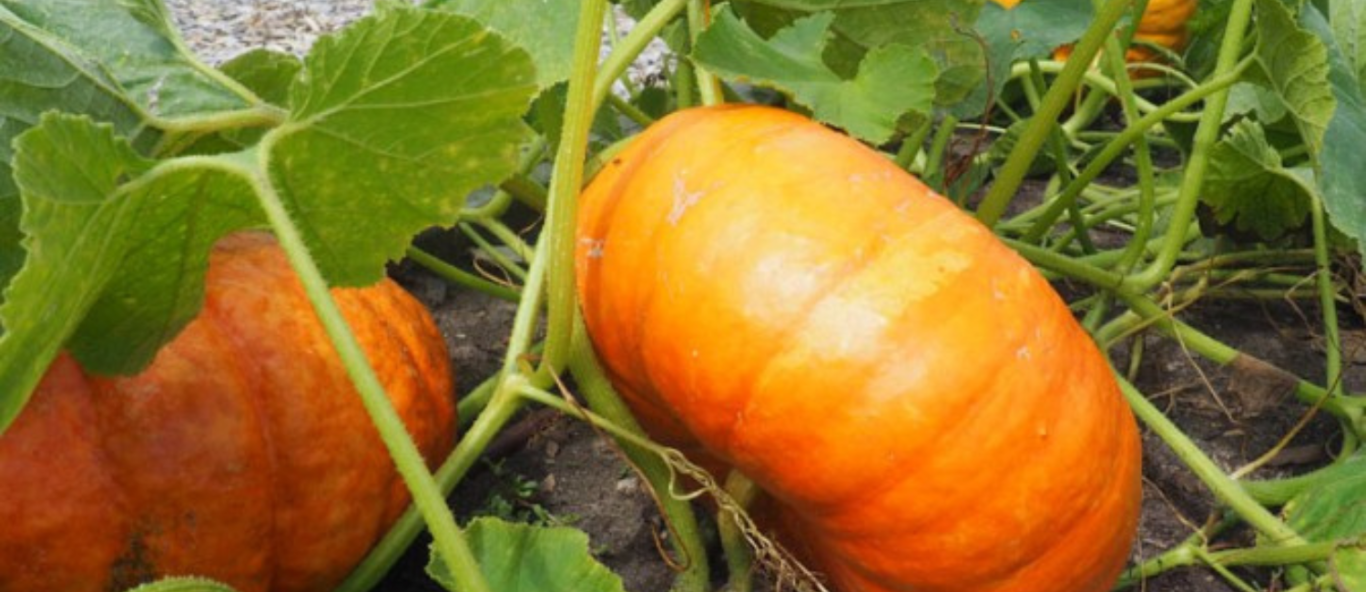Planting & Harvesting
Applicable Grades K-2
Come out to the gardens twice this year for this two-part program!
Program Description:
In spring, your students will learn about gardening firsthand! They will learn the parts of a plant, what they need to grow and what kind of work goes into planting a garden. With help from the program leaders, students will work the soil, plant some vegetable seeds, and water them in one of our raised bed gardens. They will have the opportunity to plant some pumpkin seeds in our greenhouse, which will then be planted by staff in our Pumpkin Hill Garden – where the students will harvest these pumpkins in fall! We will also spend time in the Children’s Farm ‘Pollinator Pen’, where we can begin a conversation about the role of our local pollinators and why they are crucial for fruits and veggies to grow.
In fall, part two of this program will begin at the Pumpkin Hill Garden, where the students who planted the seeds in spring will be able to harvest their own pumpkins and decorate them if time allows. The students will each be able to take one pumpkin home with them! This second part of the program will also involve taking a trip to our Bee Shed to further discuss pollinators, especially related to honeybees, and how their pollination of flowers in the spring and summer produced the food we are harvesting in fall. We will be able to observe honeybees making honey using a glass Observation Hive. We can also make a few fun stops around the gardens, at places like Jayrassic Park - Dinosaur Sculpture & Hosta Haven Garden and/or take a ride on the Dairyland Express miniature train!
Timeframe: 2 Hours per visit (May-June & September-October)
Educational Standards:
SCI.LS1.C.K Animals obtain food they need from plants or other animals. Plants need water and light.
SCI.LS1.D.1 Animals sense and communicate information and respond to inputs with behaviors that help them grow and survive.
SCI.LS2.A.2 Plants depend on water and light to grow. Plants depend on animals for pollination or to move their seeds around.
SCI.LS3.B.1 Individuals of the same kind of plant or animal are recognizable as similar, but can also very in many ways.
ELS.C1.C.e Explore outdoors, observing changes over time; describe and ask questions about patterns in natural and built environments.

